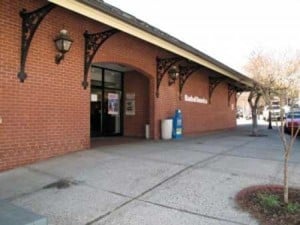
Faced with finicky lenders, would-be home buyers are increasingly turning to family members, friends, and even strangers they meet online. While this is understandable, given the abundant bargains on the market, they also present significant risks.
- So-called peer-to-peer lending sites, such as Prosper and Lending Club, say demand for home-related financing is on the rise. In September, Weemba, a social-networking site, launched a platform to connect lenders directly with prospective home buyers and other borrowers.
- Despite historically low mortgage rates, traditional lenders remain reluctant to provide mortgages to anyone with less than stellar credit. And, in certain markets, lenders are requiring down payments of more than 20 percent of the home’s purchase price.
- Borrowers taking loans from family members – so-called intrafamily loans – save on interest since family members are likely to charge less than the banks. Additionally, parent lenders can earn a higher return from their child’s interest payments than they would on a certificate of deposit or money-market fund. Under federal law, on a loan of more than nine years, parents must charge at least roughly 2.8 percent, in most cases.
- Consumers who prefer to look for loans beyond the family can apply at peer-to-peer lending sites. If approved for a loan after a screening by the companies, applicants may then receive money from investors.
- However, these alternative routes to financing can be expensive for borrowers. Rates at Lending Club run from around 7 percent to 28 percent. At Prosper, rates run roughly 7 percent to 35 percent. The companies say these rates, which are fixed, are higher than traditional mortgage rates in part because their loans are unsecured.